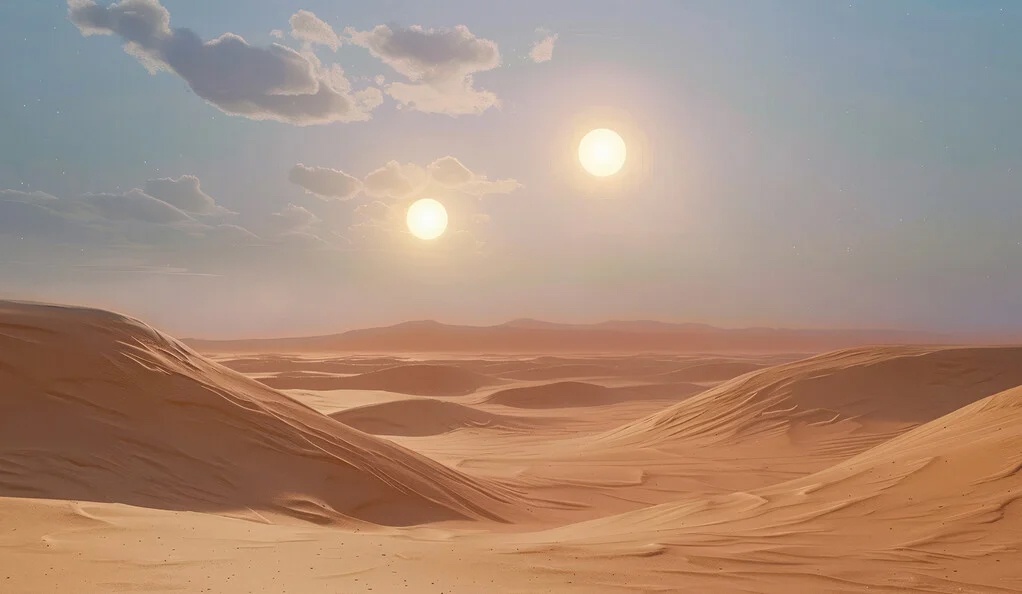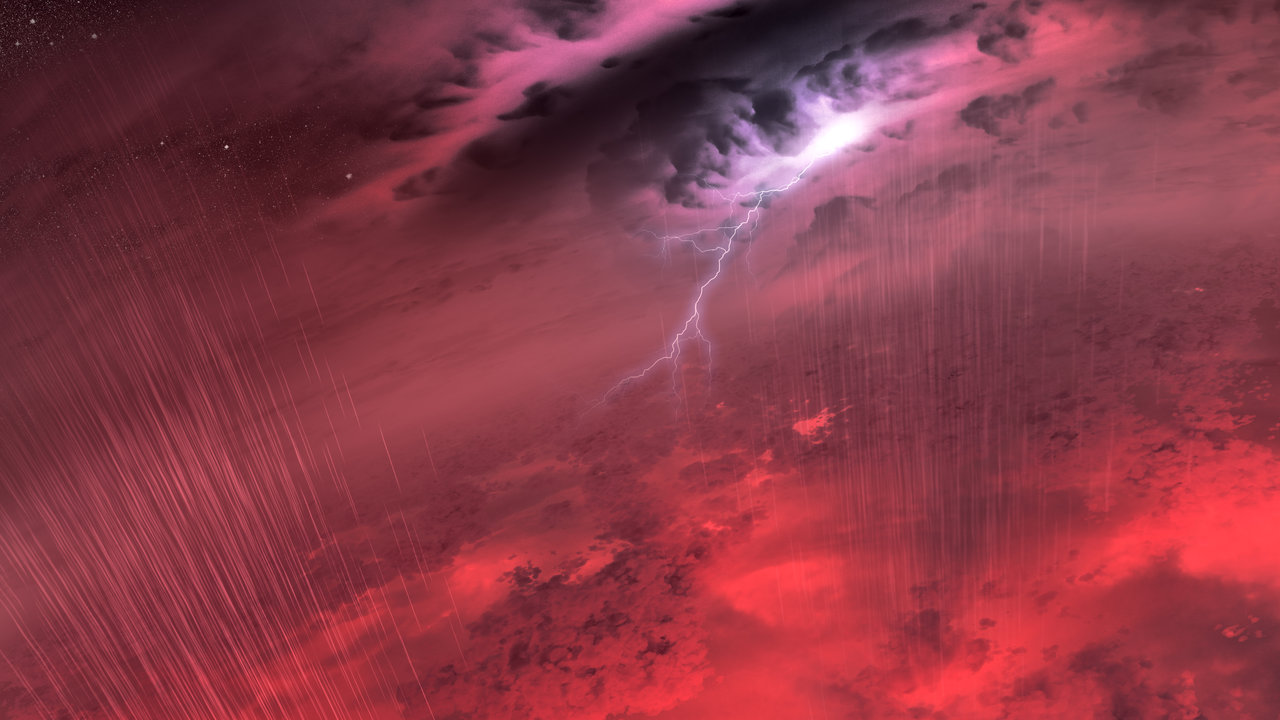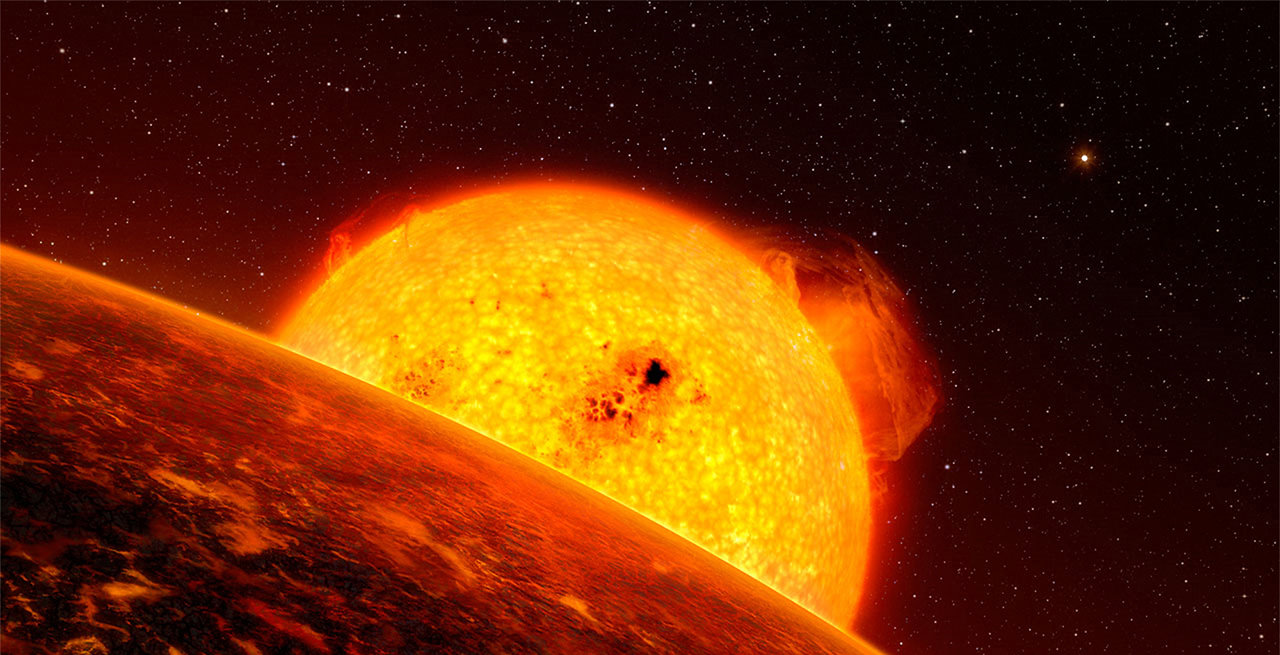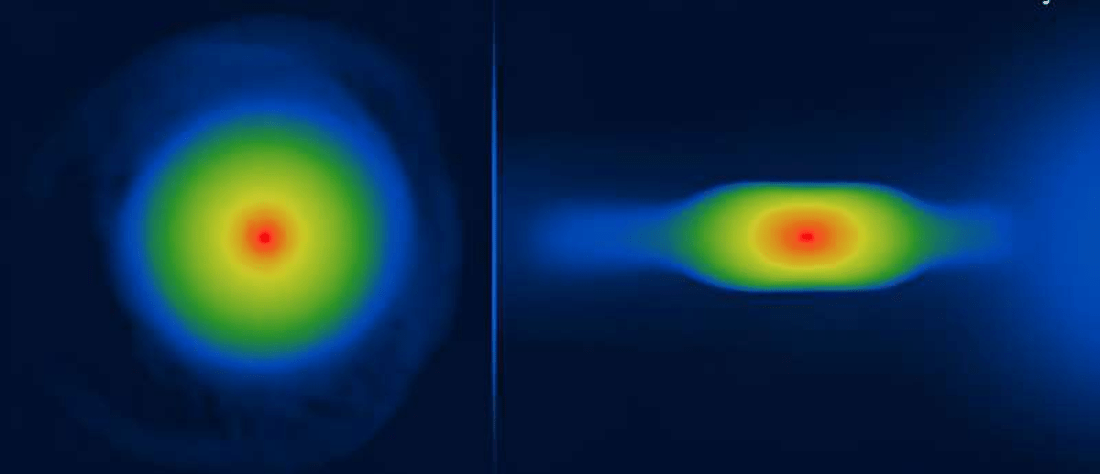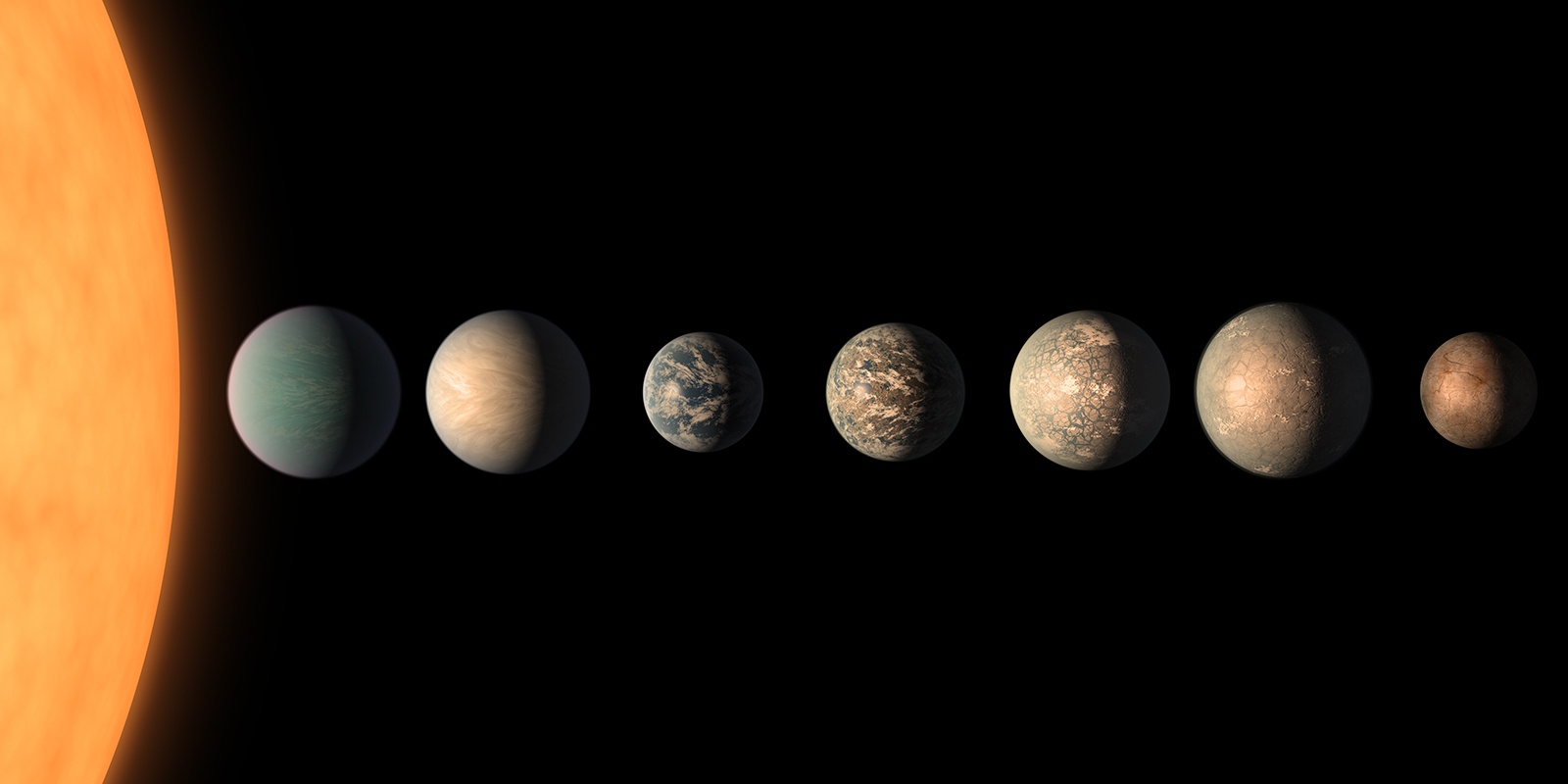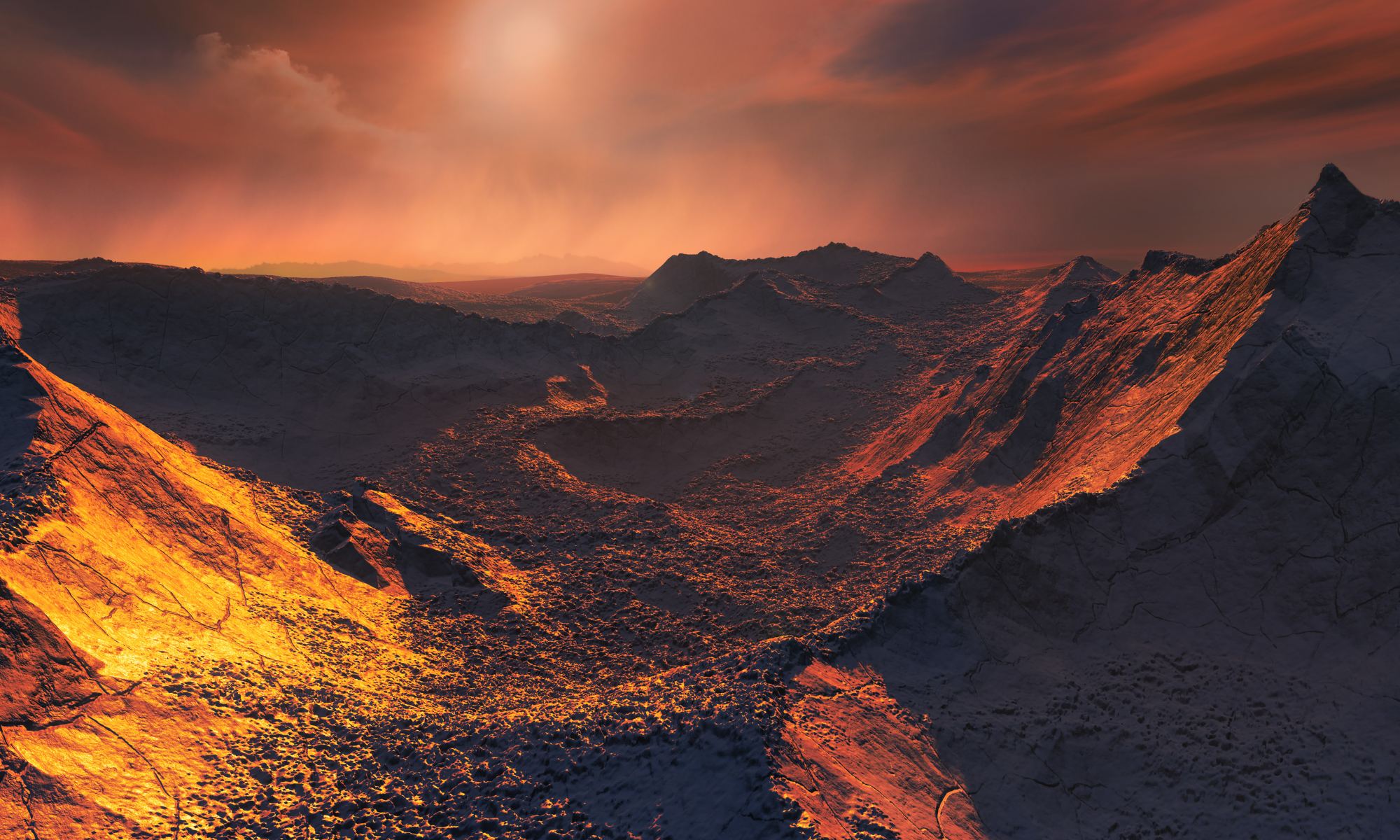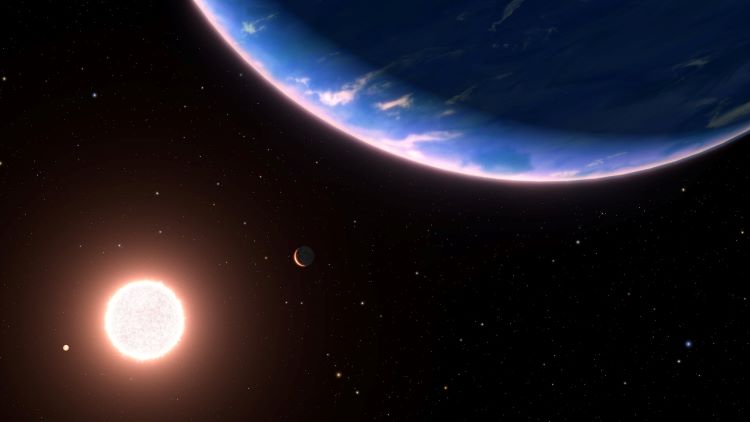The Star Wars world Tatooine is one of the most recognizable planets in the realm of science fiction. It’s a harsh place, and its conditions shaped the hero Luke Skywalker in many ways. In the reality-based Universe, there may not be many worlds like it. That’s because, according to a new study out from Yale researchers, the Universe likes to be more orderly, and that affects planets and their environments.
Continue reading “Planets in Binary Star Systems Could be Nice and Habitable”Planets in Binary Star Systems Could be Nice and Habitable
